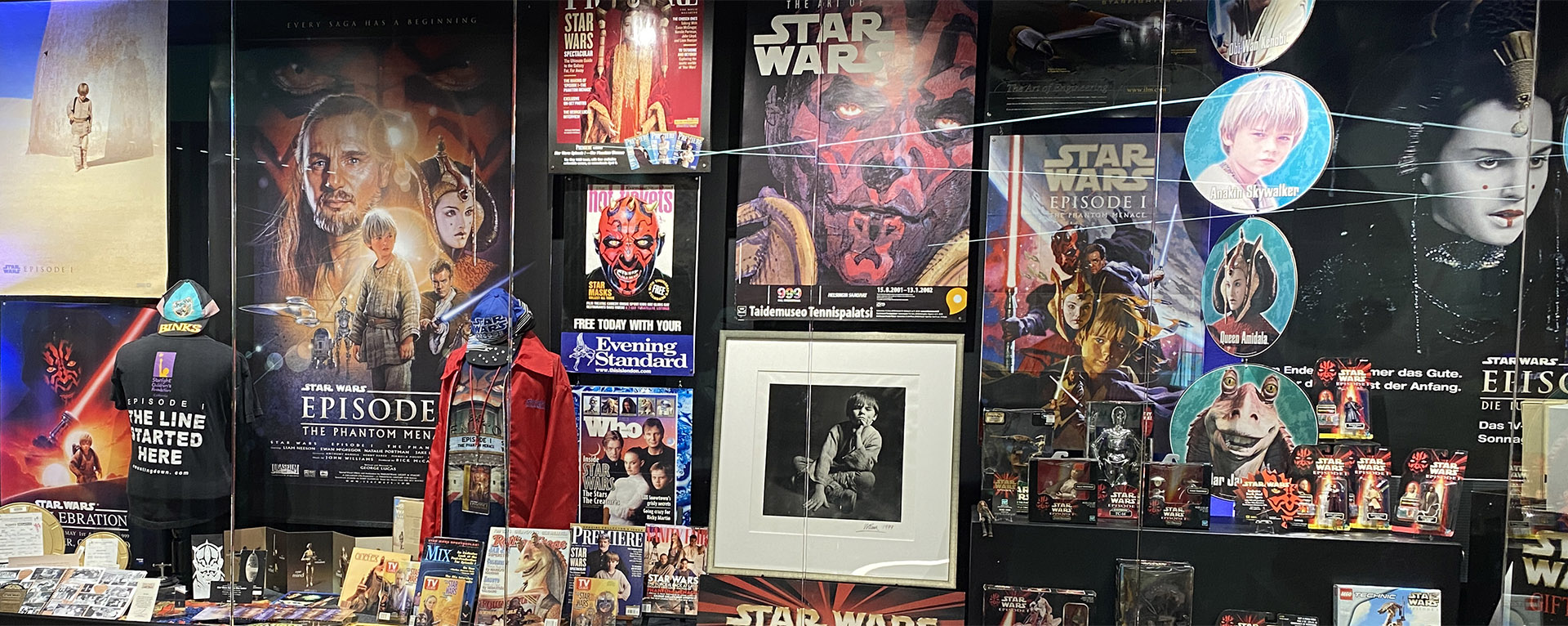History in Objects: Commemorating The Phantom Menace
Explore some of the items from a special Lucasfilm exhibit celebrating the 25th anniversary of Star Wars: The Phantom Menace
“History in Objects” is a continuing series exploring Lucasfilm’s legacy stretching from our founding in 1971 to today. Through objects both rare and commonplace, the company’s past, present, and future are brought to life.
In celebration of the 25th anniversary of Star Wars: The Phantom Menace, Lucasfilm historians have gathered and shared a cache of materials that were produced during the original release of the film in 1999, proudly displayed in the company’s San Francisco headquarters. Items on display include examples from the film’s marketing, merchandising and publishing campaigns, as well as its promotional tie-ins with restaurant chains and food products. This special edition of “History in Objects” will focus on a handful of items in the display.
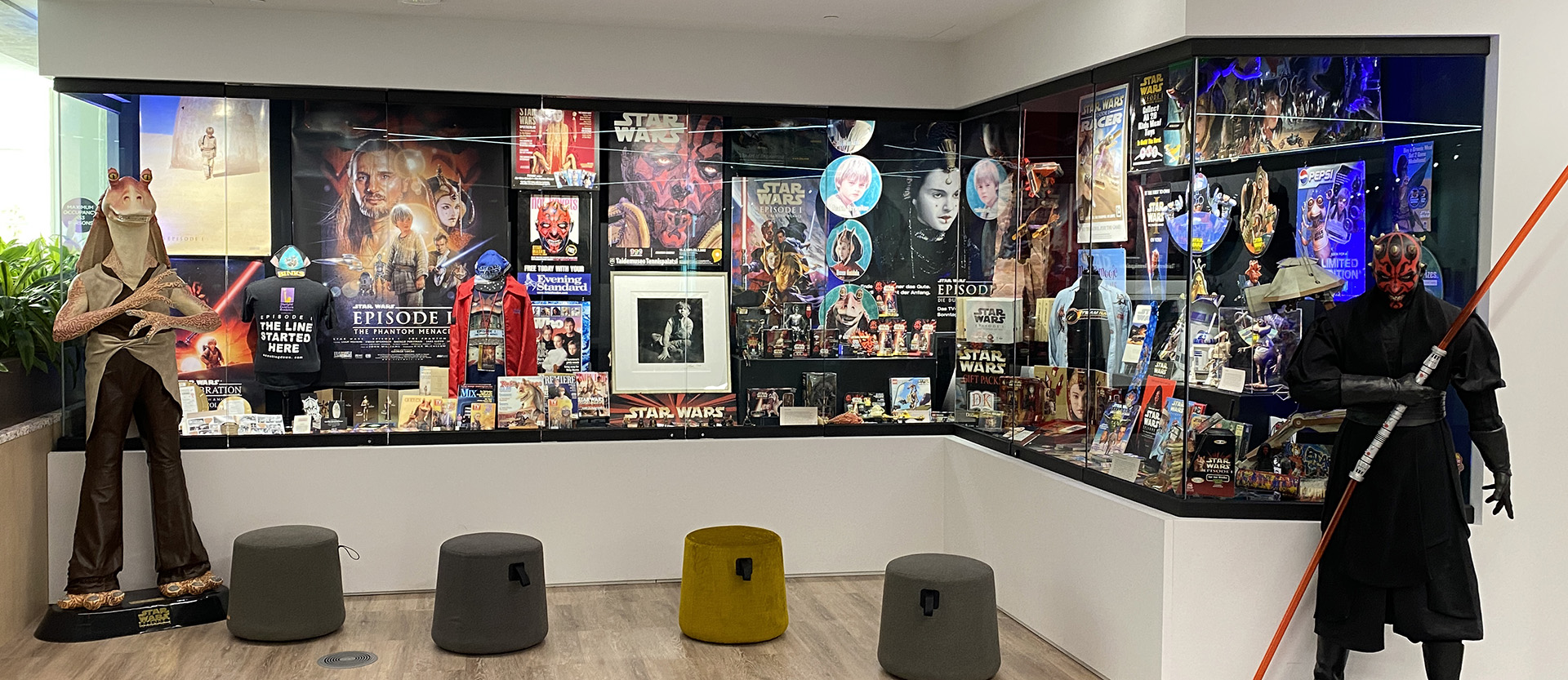
Every Saga Has a Beginning…
Star Wars: The Phantom Menace premiered at midnight on May 19, 1999, and is arguably the most anticipated movie ever made up to that time. Since the completion of Star Wars: Return of the Jedi 16 years earlier, much of George Lucas’ efforts were aimed to prepare the company for this momentous production, including the development of new filmmaking technologies across production, visual effects, and sound, as well as throughout Lucasfilm’s ancillary businesses in video games, consumer products, and publishing. The Phantom Menace involved practically every Lucasfilm employee in one form or another as the company’s ranks grew rapidly at Skywalker Ranch in Nicasio, Industrial Light & Magic’s Kerner facility, and LucasArts’ Los Gamos facility, both in San Rafael.
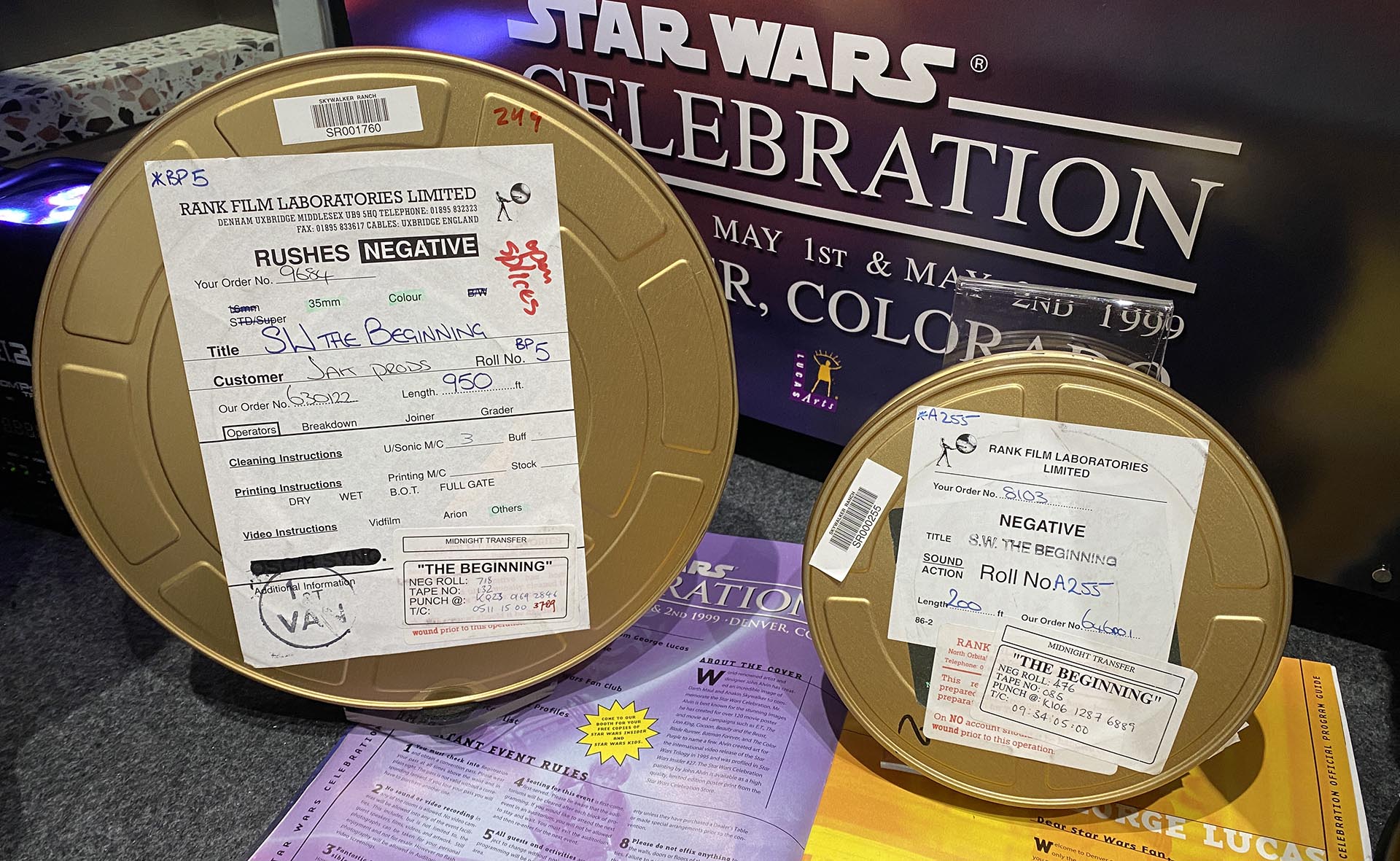
From the Celluloid Era
These film cans housed original 35mm camera negatives which date to The Phantom Menace’s principal photography in the summer of 1997 at Leavesden Studios in England. They utilize the film’s working title, The Beginning, which was in use until well into post-production. Also visible is “JAK Prods” listed under the customer entry, denoting Lucasfilm’s then film production wing, JAK Films, named for George Lucas’ three children at the time: Jett, Amanda, and Katie. Technicians at Industrial Light & Magic back in California were responsible for digitizing these rolls of film using tools like a new innovative scanner made by ILM and Kodak.
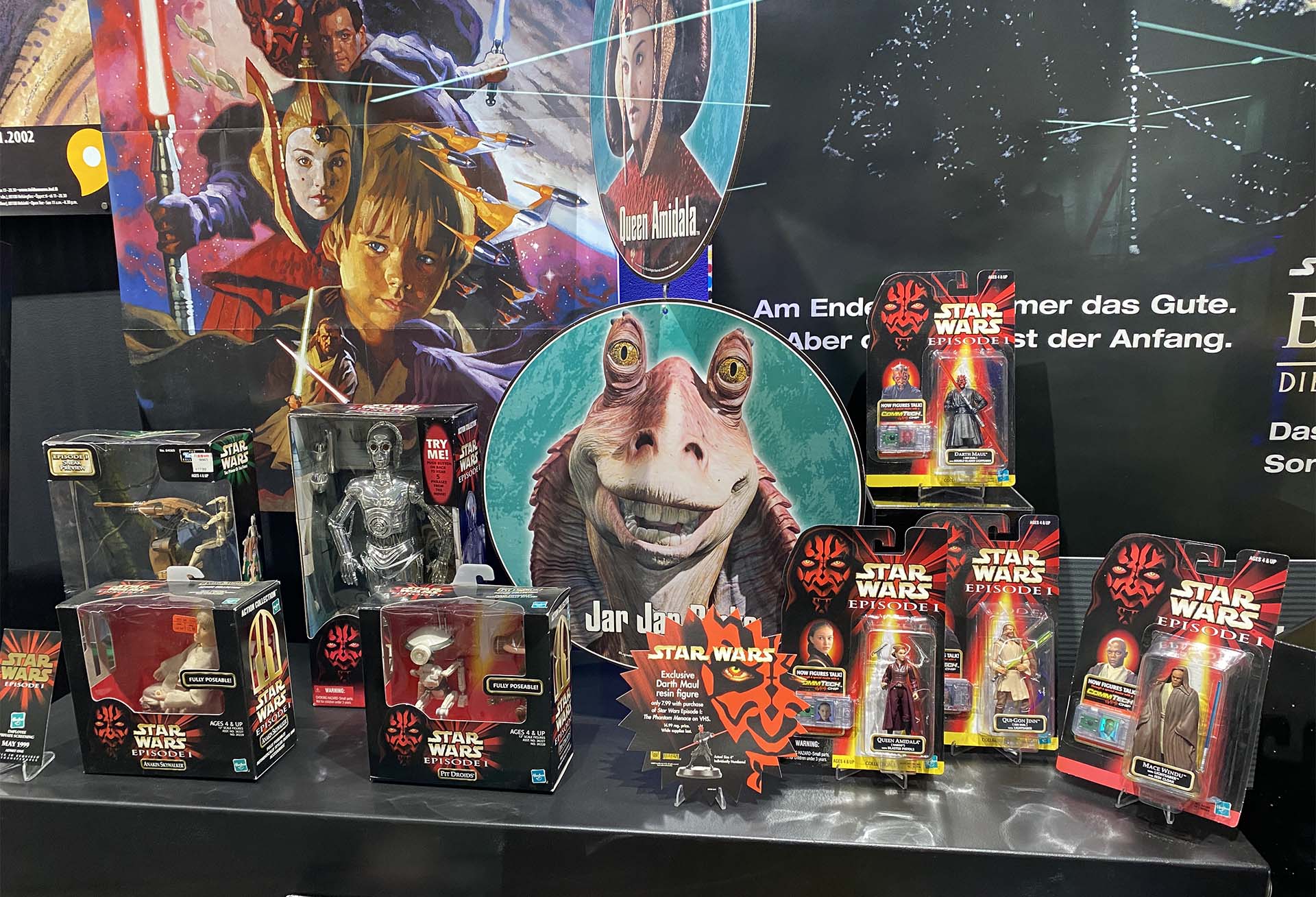
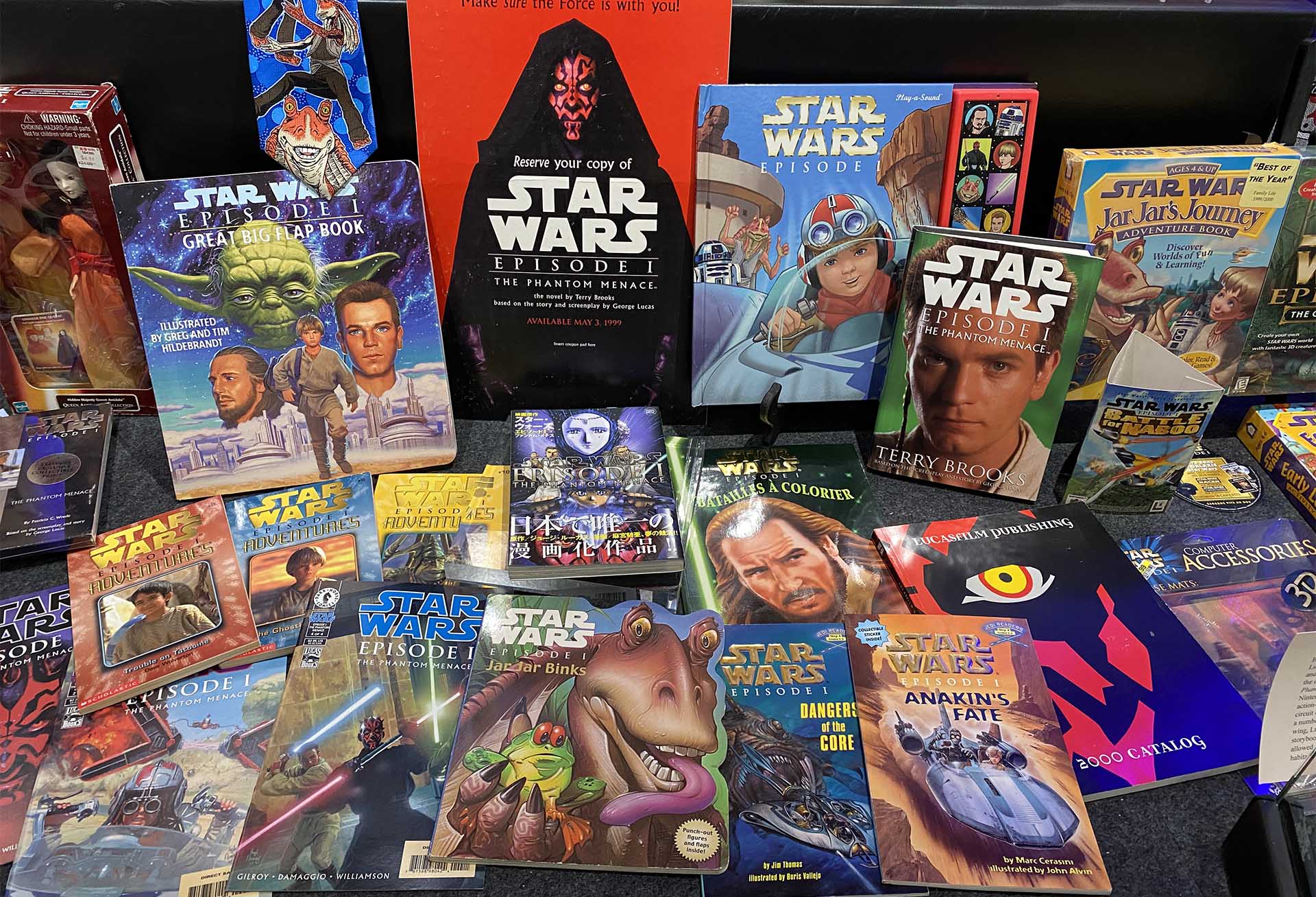
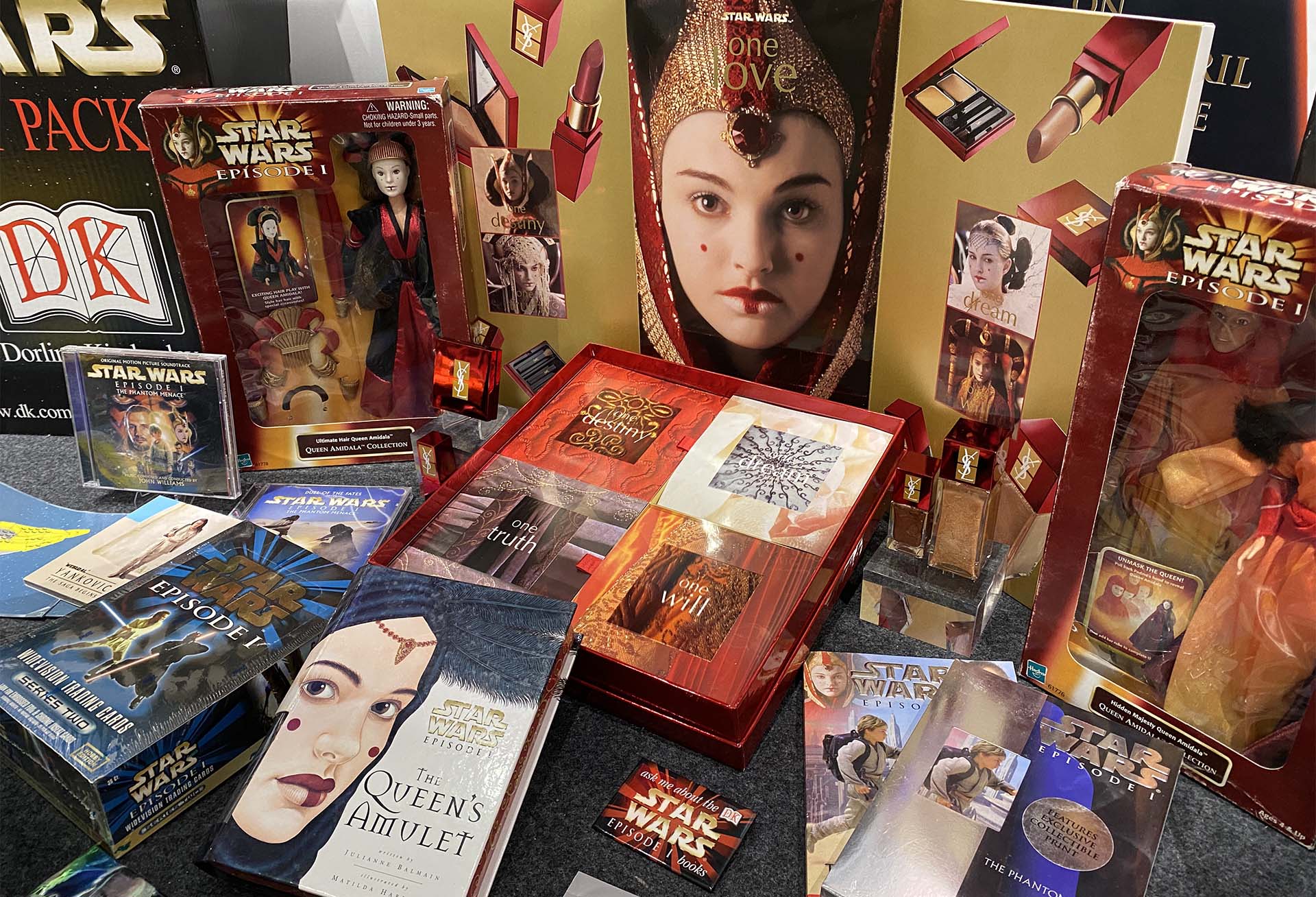
Lucas Licensing
Under the leadership of then head of licensing Howard Roffman, Lucasfilm’s consumer products and publishing teams had spent much of the 1990s redefining Star Wars as an enduring franchise in the retail market. By decade’s end, The Phantom Menace would be (and perhaps still is) the biggest licensing campaign ever undertaken for a single feature film, and is even more impressive considering that Lucasfilm directed and managed the campaign itself, without the vast manpower of a major Hollywood studio. Hundreds of products were made in partnership with dozens of companies around the world, from the tried-and-true classics to the new (and sometimes outlandish!) innovations of the era. As always, Hasbro was a significant partner, creating a number of the iconic action figures, vehicles, and playsets.
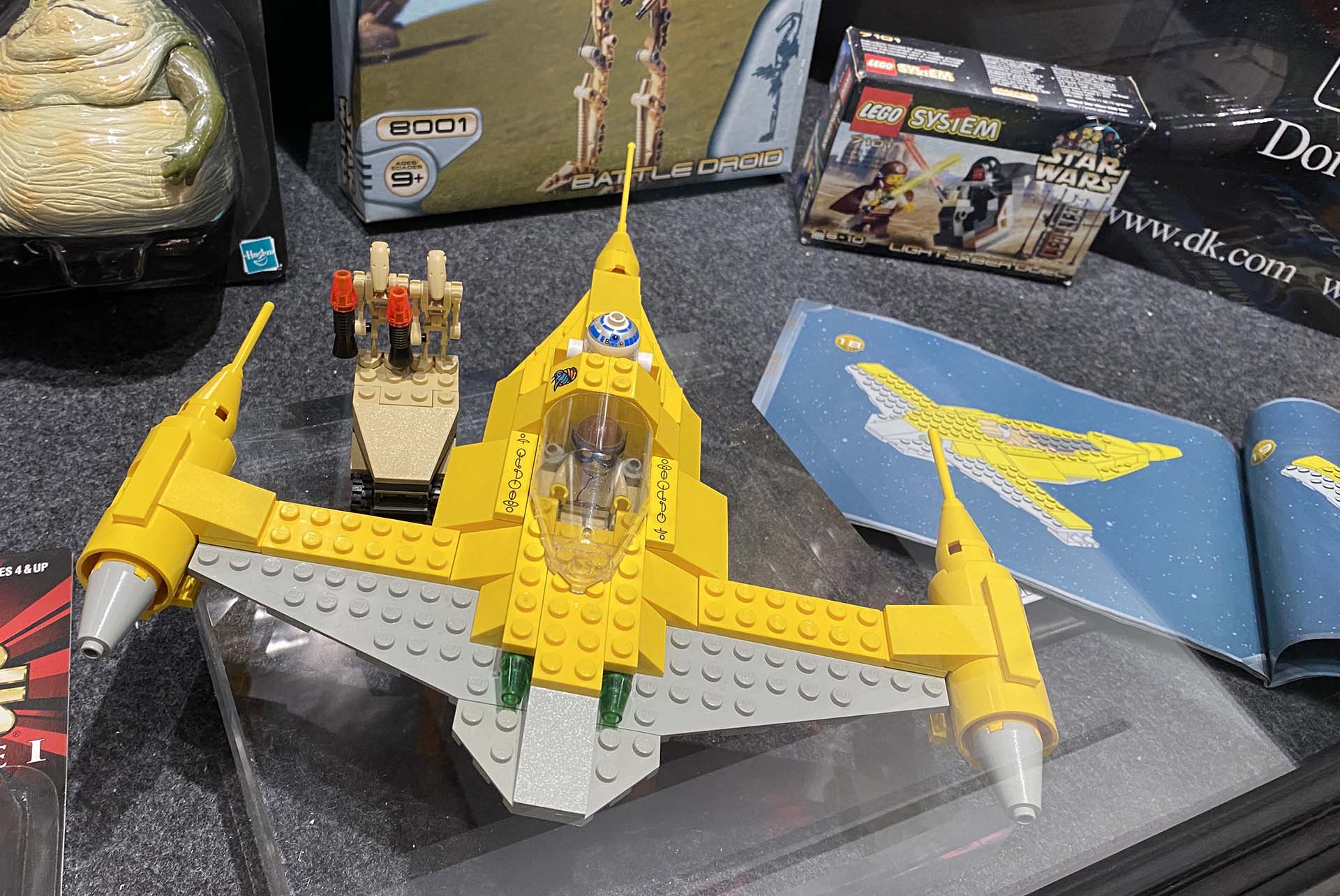
Star Wars and LEGO Join Forces
Although LEGO had been established in Denmark way back in 1932, they had yet to officially sign a franchise licensee before 1999. In February of that year at the International Toy Fair in New York City, LEGO announced its partnership with Lucasfilm to create Star Wars products. 13 standard sets were released that year, including a number from The Phantom Menace. 25 years later, that number is rapidly approaching 1,000 released sets. Star Wars remains one of LEGO’s most popular franchise partners, and has spawned a slew of other collaborations in games and animation.
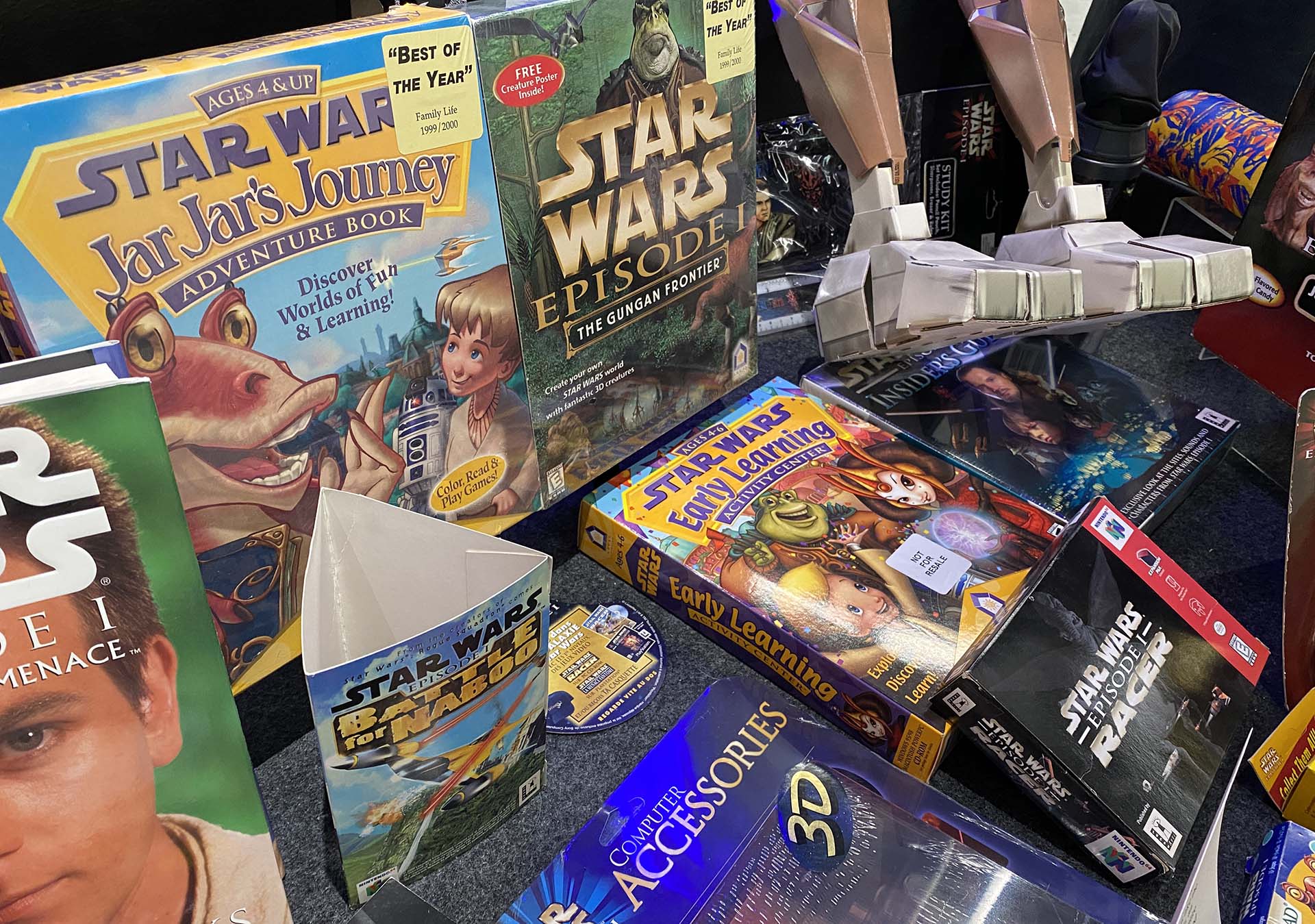
Games that are fun and educational…
By the late 1990s, the video game creators at LucasArts were among Lucasfilm’s most prolific storytellers, releasing both self-produced titles and others in partnership with outside developers. Beginning in 1999, the division would create more than a dozen games inspired by The Phantom Menace for the home computer and popular consoles like the Nintendo 64. Chief among them was Star Wars Episode I: Racer, an action-packed multiplayer title that allowed gamers to explore an entire circuit of Podrace tracks. Uniquely for the time, LucasArts also released a number of home computer games for children through its educational wing, Lucas Learning. They included the read-along, animated storybook Jar Jar’s Journey, as well as The Gungan Frontier, which allowed players to run ecological simulations in the diverse natural habitats of Naboo.
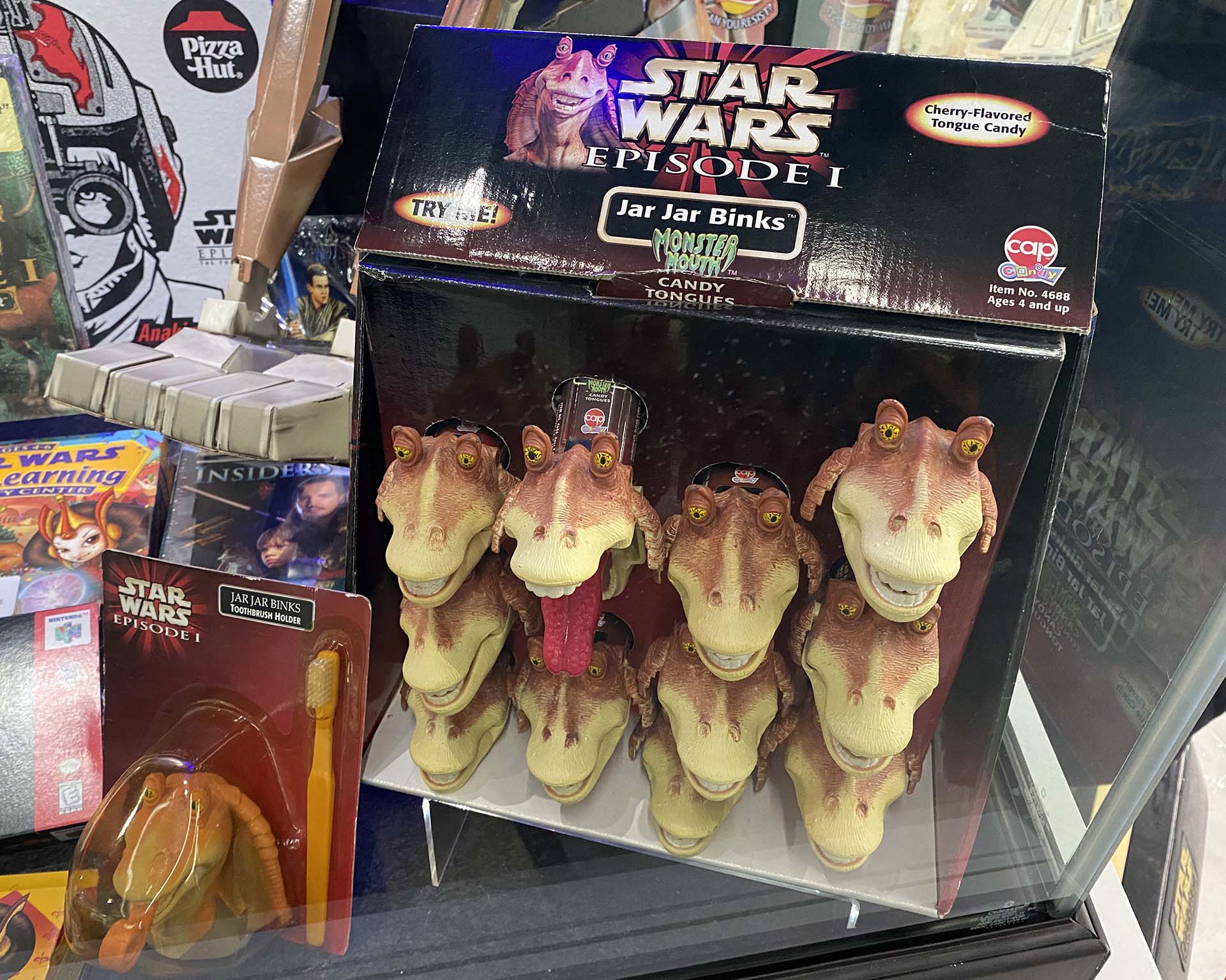
Jar Jar Binks Monster Mouth Candy Tongues
One of the more unusual (and whimsical) products inspired by The Phantom Menace was a unique candy dispenser shaped in the form of Jar Jar’s head. Produced by Cap Candy, a plastic “plunger” behind the head could be pushed in to open Jar Jar’s mouth, revealing a cherry-flavored tongue within (the example on display features a plastic replacement). One of several novelty candy items produced for the film by Cap Candy (there was also a PEZ dispenser which again utilized the Gungan’s tongue), the Jar Jar Binks Monster Mouth has proven a favorite among Star Wars collectors since its dubious debut, and has been a popular attraction within the display case.

—
Lucasfilm | Timeless stories. Innovative storytelling.

